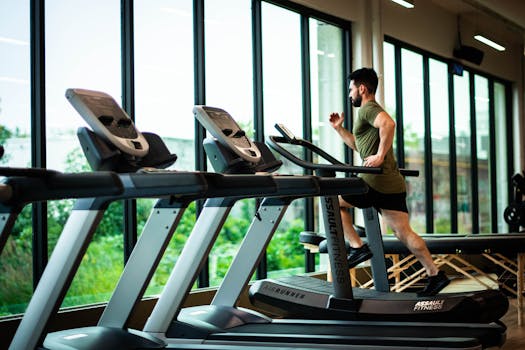
Introduction
Nasal breathing while running has gained popularity due to its numerous health benefits. It can improve your endurance, reduce breathlessness, and make your runs more efficient. However, mastering the technique takes practice. In this guide, you’ll learn how to breathe through your nose while running and why it’s worth the effort.
Benefits of Nasal Breathing
- Improved Oxygen Efficiency: Nasal breathing filters and moistens air, optimizing oxygen uptake.
- Reduced Stress: It encourages diaphragmatic breathing, lowering heart rate and stress levels.
- Better Performance: Controlled breathing can enhance endurance and reduce the urge to gasp for air.
Steps to Breathe Through Your Nose While Running
- Start Slow: Begin with walking or slow jogging. Focus on inhaling and exhaling only through the nose.
- Practice Belly Breathing: Place your hand on your belly to ensure you’re engaging your diaphragm instead of shallow chest breaths.
- Gradually Increase Intensity: As you become comfortable, slowly increase your running pace while maintaining nasal breathing.
- Use Breathing Ratios: Try breathing in for three steps and out for three steps. Adjust as needed for comfort.
- Clear Your Nose: Nasal strips or saline sprays can help if you feel congested.
Common Challenges and Solutions
- Difficulty at High Speeds: At faster paces, switch to nose inhalation and mouth exhalation as a compromise.
- Nasal Congestion: Practice regularly and manage allergies to improve airflow.
- Fatigue: Slow down or alternate between nasal and mouth breathing as your endurance builds.
Conclusion
Nasal breathing while running requires patience and persistence, but the rewards are worth it. Start slow, be consistent, and enjoy better control and performance during your runs!
Comments
Post a Comment